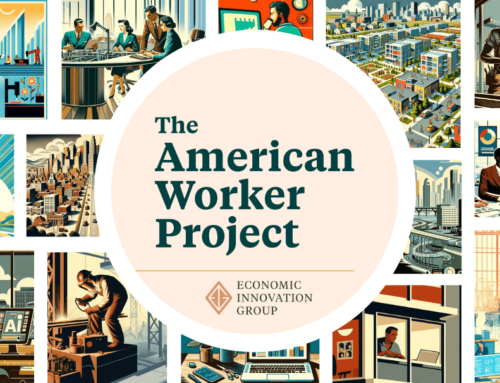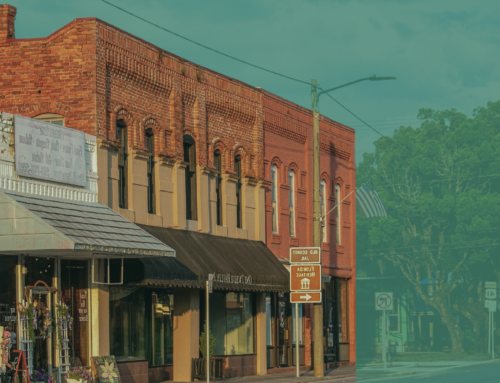Summary
The United States has benefited tremendously from skilled immigration. Newcomers have long accounted for outsized shares of new startups and patents and, by one estimate, were responsible for 30 to 50 percent of all productivity growth between 1990 and 2010. Yet the enormous benefits of skilled immigration are not reaching many communities across the heartland. Just as America’s innovation ecosystem has tightly concentrated in a handful of places–three-quarters of patents come from just 100 U.S. counties–skilled immigrants are tightly clustered in coastal “superstar” metros.
But history need not be destiny. Instead, talented workers and entrepreneurs could be key catalysts for reversing the devastating effects of deindustrialization in regions across the country, if such communities had a new tool to recruit them.
The Heartland Visa is an innovative proposal that gives communities the choice to opt-in to a new immigration pathway for highly skilled workers, entrepreneurs, and innovators. Prioritizing higher-earning applicants and those with local ties, the Heartland Visa would serve as a key component of economic revitalization in participating places.
In exchange for living in a Heartland Visa community, workers with sufficient earnings will gain permanent residency, cutting through burdensome red tape and bureaucracy embedded in the status quo immigration system. Building on our 2019 concept paper, this report details how we can make Heartland Visas a reality on the ground.
Key Features of a Heartland Visa
- Dual opt-in: Counties experiencing economic decline or stagnation can decide to opt in or out of the program, while applicants select their own destinations.
- Prioritize applicants with high-wage job offers: Applicants are allocated quarterly to those with the highest job offers or earnings histories, adjusted for age and local ties.
- Pathway to permanent residency: Heartland Visa holders, in exchange for living in a participating community for six years, should have an expedited path to a green card.
- Scale: Heartland Visas should be large enough to fundamentally change the economic trajectory of participating communities for the better.
Characteristics of proposed eligible places
Under eligibility criteria laid out in the Heartland Visa report, eligible communities have experienced substantial population loss in recent decades, including an 11 percent decline in the number of prime age 25-54 adults between 2010 and 2020. Eligible places have a 16 percent combined poverty rate (vs. 12 percent for the ineligible) and median household incomes $16,000 lower than ineligible counties.
Critically, just 4.4 percent of the foreign-born population with a BA or higher live in eligible places, compared to 20 percent of the population overall. Access to a program like a Heartland Visa would accelerate growth and investment in participating counties and significantly improve opportunities for existing residents.
Find your county
Explore whether your community would qualify under our proposed criteria for Heartland Visa participation:





